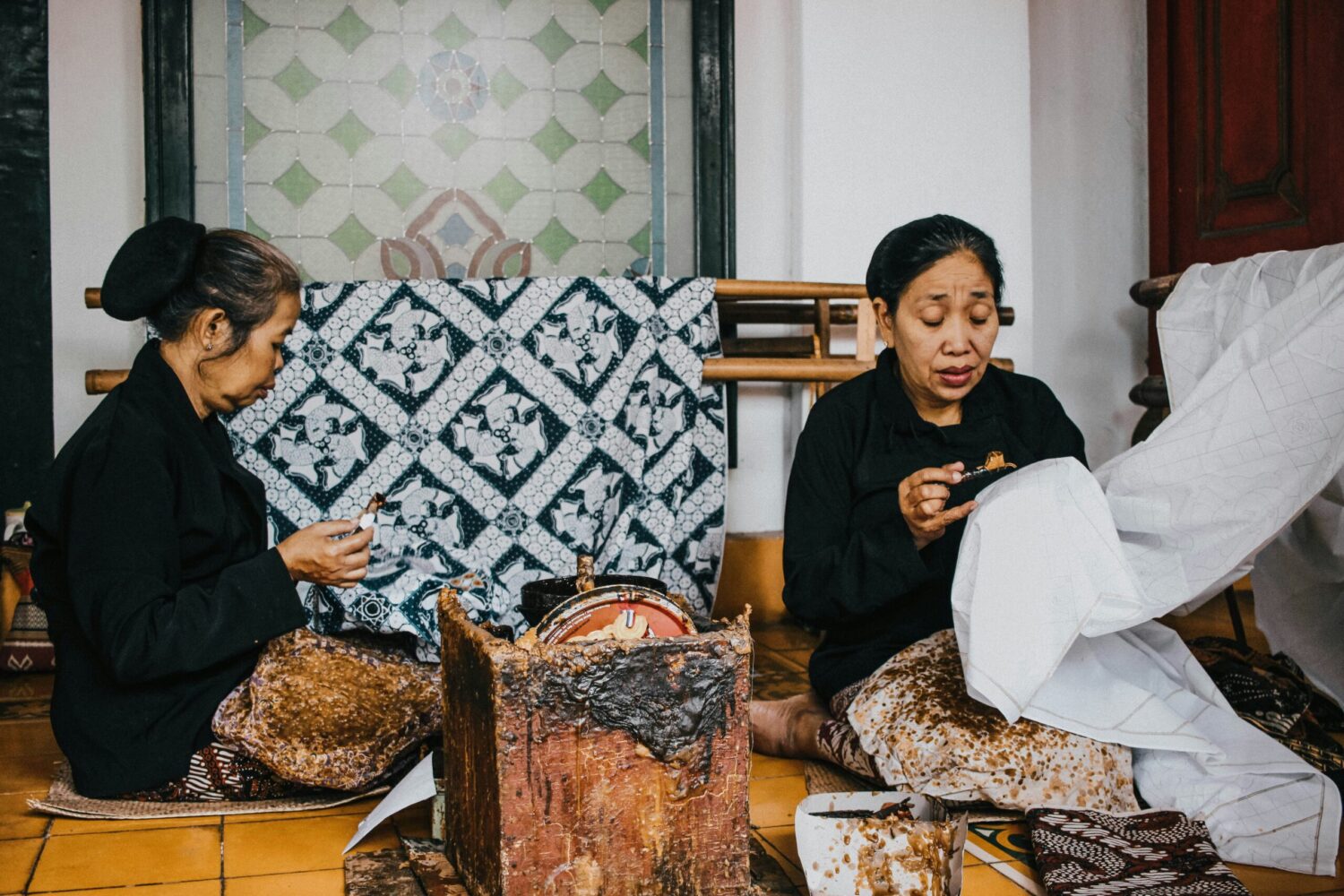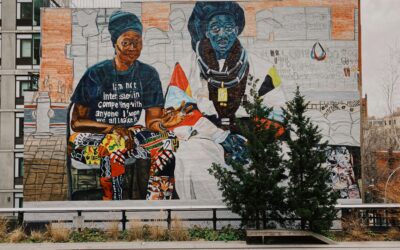Textiles are more than fabrics to wear or decorate with—they are visual languages, cultural records, and artistic masterpieces. Across the world, communities have developed unique textile traditions that blend function with deep cultural meaning. From the intricate patterns of Indonesian batik to the bold weaves of African kente cloth, these materials hold stories of identity, status, history, and belief.
In this article, we explore how textile art reflects the soul of a culture, connecting generations and preserving heritage through the delicate strength of thread.
A Global Art Form Rooted in Heritage
Textiles have been part of human life for tens of thousands of years. Initially created for survival—to protect from the elements—they quickly evolved into expressions of status, beauty, and belief.
In Peru, ancient civilizations like the Paracas and Nazca were already producing complex woven textiles over 2,000 years ago, using natural dyes and geometric motifs to encode meaning. In China, silk weaving became both an art and an economic pillar, contributing to the Silk Road and spreading Chinese culture across Asia and Europe.
Meanwhile, in West Africa, the handwoven kente cloth of Ghana is not only colorful but also symbolic. Each pattern and color combination tells a specific story or proverb, often used during rites of passage, royal ceremonies, or political events. Woven by men and worn with pride, kente serves as a statement of cultural knowledge and dignity.
Batik, Ikat, and the Language of Pattern
Indonesia’s batik is among the most recognized and celebrated textile traditions in the world. Created using a wax-resist dyeing technique, each batik pattern carries philosophical, spiritual, or cultural meanings. Certain motifs were once reserved for royalty, while others are tied to specific regions or social messages.
Batik isn’t just art—it’s a visual archive of Javanese worldview. For example, the Parang motif, resembling a slanted knife, symbolizes strength and resilience, while Kawung, which resembles a lotus or palm fruit, represents purity and hope.
In nearby regions, ikat—a dyeing technique where threads are dyed before weaving—produces distinctive blurred patterns. Found in Central Asia, Southeast Asia, and South America, ikat also holds symbolic significance. The complexity of the technique often reflects social hierarchy, and in many cases, the right to wear certain patterns is inherited.
Textiles and Cultural Identity
Textiles are markers of belonging. The patterns, colors, materials, and techniques used can signal tribal affiliation, marital status, occupation, or religious belief. For diasporic communities, traditional clothing and textile arts become a way to preserve connection to homeland and ancestors.
In Native American communities, textile traditions like Navajo weaving are passed down through generations, combining practical knowledge with spiritual and artistic expression. The loom becomes a space of storytelling, and the resulting blankets and rugs serve both as functional items and sacred objects.
Similarly, in India, each region has its own textile signature—such as Phulkari embroidery in Punjab, Bandhani tie-dye in Gujarat and Rajasthan, or Chikankari hand embroidery in Uttar Pradesh. These aren’t just aesthetic choices; they reflect the social and ecological context of the region—what plants grow there, what climate it endures, and what stories it tells.
Women as Keepers of Textile Knowledge
Historically, women have been the primary creators and transmitters of textile knowledge. Through weaving, embroidery, and dyeing, women passed down skills, stories, and values. In many cultures, a girl’s textile skills were part of her preparation for adulthood or marriage.
In rural parts of Eastern Europe, bridal trousseaus filled with hand-embroidered linens and garments were signs of both love and labor. These traditions affirmed the woman’s role in continuing her family’s cultural lineage through her hands.
The connection between textile work and women’s lives has also made it a space for quiet resistance and creativity. In contexts where women were excluded from formal education or public life, textile art provided a domain for intellectual and spiritual engagement.
Modern Interpretations and Revival Movements
Today, traditional textile arts are being revived by a new generation of artists, designers, and cultural activists. As fast fashion threatens handmade traditions, many are turning to slow fashion and ethical craft to honor and preserve indigenous techniques.
Contemporary designers often collaborate with local weavers to create textiles that blend traditional knowledge with modern aesthetics. This not only provides economic opportunity but also repositions cultural craft as a form of artistic excellence and innovation.
Museums and cultural institutions around the world are now paying increased attention to textile collections, highlighting their importance not only as ethnographic artifacts but as serious works of art.
Textiles as Cultural Archives
Textiles are among the most delicate, yet enduring forms of cultural documentation. They record migrations, trade, colonization, and resistance. The fibers used (cotton, wool, silk), the dyes applied (indigo, madder, turmeric), and the patterns woven are all embedded with historical and geographical clues.
When a particular textile disappears, it can mean the loss of a language, a worldview, or a system of values. Preserving textile heritage is not simply about saving fabric—it’s about saving the wisdom woven into it.
Sustainable Threads for the Future
As the world reckons with environmental and social challenges, traditional textile practices offer models of sustainable living. Natural dyes, plant-based fibers, local sourcing, and community-based production all align with the principles of ecological balance and social fairness.
Moreover, textile art fosters mindfulness. The slow, repetitive processes of hand weaving or embroidery encourage patience, focus, and connection. In an age of mass production, the handmade object holds a unique power—it reminds us of the human touch, the story, and the soul behind every thread.
Conclusion: Weaving Culture, One Thread at a Time
Textiles are not silent. They speak through patterns, colors, and textures. They tell stories of who we are, where we come from, and what we value. Across centuries and continents, they have carried our beliefs, joys, and sorrows—woven into cloth that survives long after the voices have faded.
To honor textiles is to honor the cultures, communities, and creators behind them. It is to recognize that in the humble thread lies the strength of tradition, the elegance of art, and the promise of memory.




